REDUNDANT TRUSS (NEXT GENERATION STRUCTURES)
One of a range of experiment modules that fit to the Structures platform (STS1, available separately), this product helps students to understand the analysis of statically determinate and indeterminate truss structures made from a number of ‘members’ held together by joints at their ends. Two supports hold the truss. One support allows rotation only and the other allows rotation and translation. Students apply a load to the truss at the free end Joint Boss. Strain gauges on each truss member measure the forces due to the load. A precision indicator measures the framework deflection due to the load. A hand-operated load cell assembly applies and measures the load. A simple thumbscrew engages and disengages an extra ‘redundant’ member.
Students apply loads to the truss initially without the extra ‘redundant’ member engaged. This frame is stable and statically determinate (can be solved by static equilibrium). They then engage an extra ‘redundant’ member, making the frame statically indeterminate, requiring a more advanced analysis such as the strain-energy method. Students may measure the deflection of the frame for both cases and compare.
Students use textbook equations and methods to predict the forces in each ‘member’, comparing them with the measured results. This helps confirm the reliability of the textbook equations and the accuracy of the experiment results.
The strain gauges connect to a strain gauge amplifier, which connects (with the load cell) to the interface hub of the Structures platform for computer display and data acquisition.
*There are 21 different experiments in the Next Generation Structures range. View them all in this easy to view flyer here.
LEARNING OUTCOMES
• Strain gauges as instruments
• Forces within and deflections of a truss structure that is statically:
> determinate
> indeterminate
• Member forces by the method of joints and method of sections
• Member forces by the use of the strain/energy method
• Advantages and disadvantages of both versions of the truss

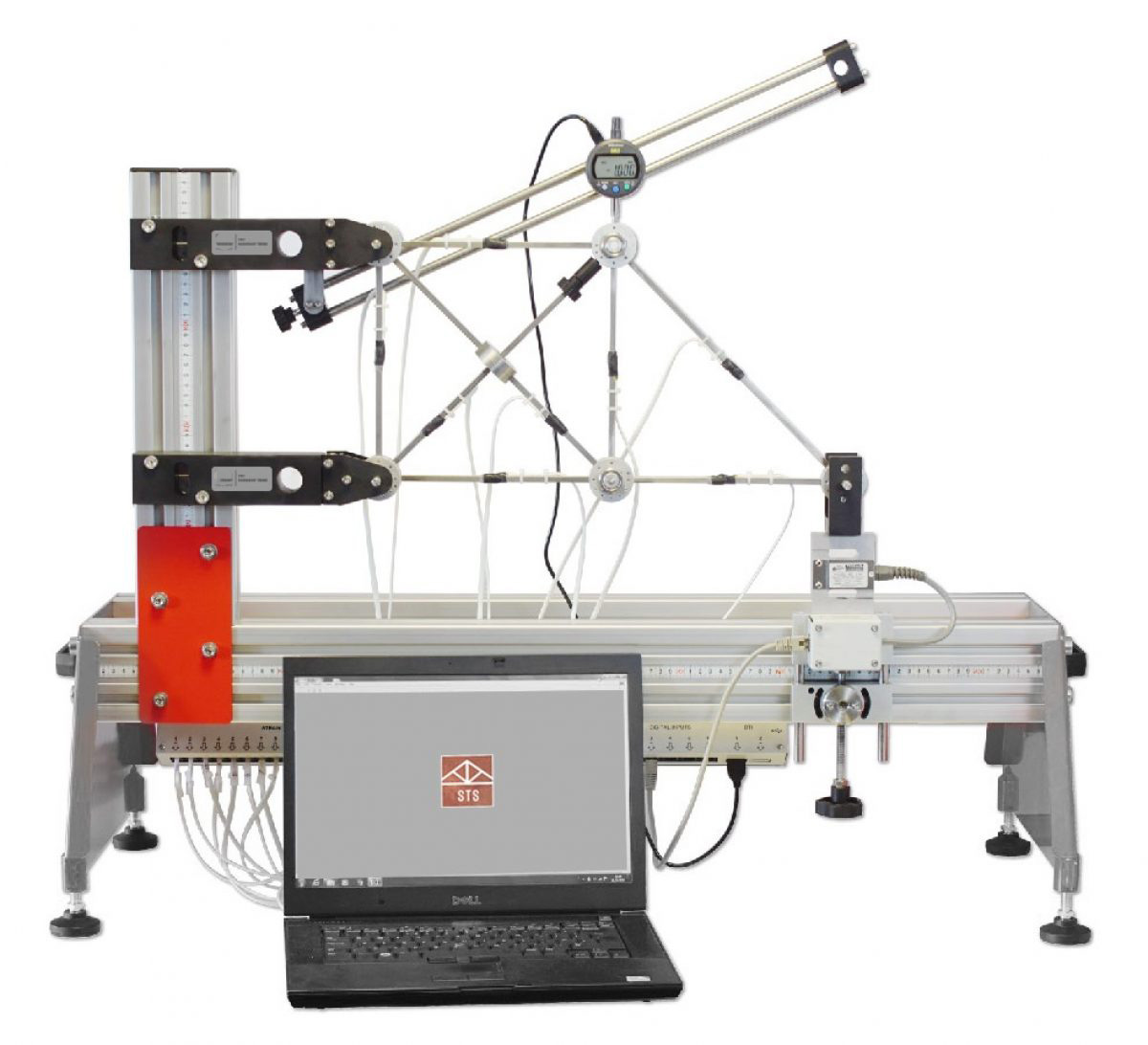
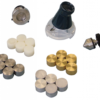
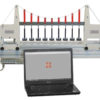
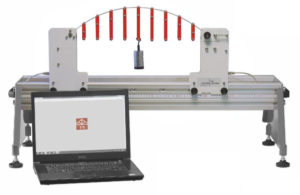
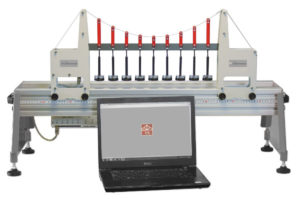
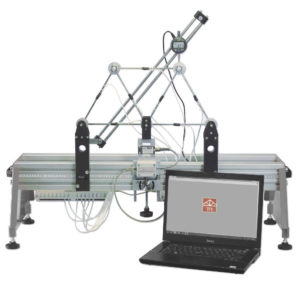
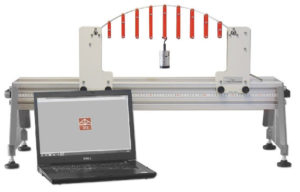
Reviews
There are no reviews yet.